
College in Alabama needs more than $37M to stay open
Birmingham-Southern College has been facing financial challenges for a while.
Birmingham-Southern College — a private liberal arts institution in Alabama — needs $37.5 million in government money to stay open. State legislators stated the institution will not be able to continue its operations past May without new funding.
Daniel Coleman, the president of the institution, said in a statement that the government money would serve as a stopgap while it ramps up a colossal fundraising effort. Thus far, Coleman “has secured firm commitments from hundreds of private donors” totaling $45 million toward a $200 million goal by May of 2026. This funding would help refresh the college’s endowment, according to Higher ED Dive.
Considering that Birmingham-Southern has about a thousand students, it falls under the expert predictions that private small colleges would be the most economically affected by the pandemic. Many have shut down this year around the country, but federal COVID-19 relief packages are the responsible for making sure others in the same situation stay open.
RELATED CONTENT
According to Higher Ed Dive, Birmingham-Southern is asking Alabama for $12.5 million from the state’s share of the relief package, the American Rescue Plan Act. It also wants $17.5 million from Alabama’s Education Trust Fund, which pays for public education in the state. And it’s requesting $5 million from the City of Birmingham and $2.5 million from Jefferson County.
Policymakers met Monday to determine the future of Birmingham-Southern. News reports say lawmakers will present the plan for bailout funding to Gov. Kay Ivey, in the next couple of months.
However, the institution has been facing financial problems for a while. An aggressive “building program” from the mid-2000s, the Great Recession and errors in accounting federal financial aid would be some of the responsible factors for the crisis that just added up with the pandemic.
A decrease in enrollment was also seen as the institution went from 1,346 students in fall 2015 to 1,058 in fall 2021, according to federal data.
To read more, click here.




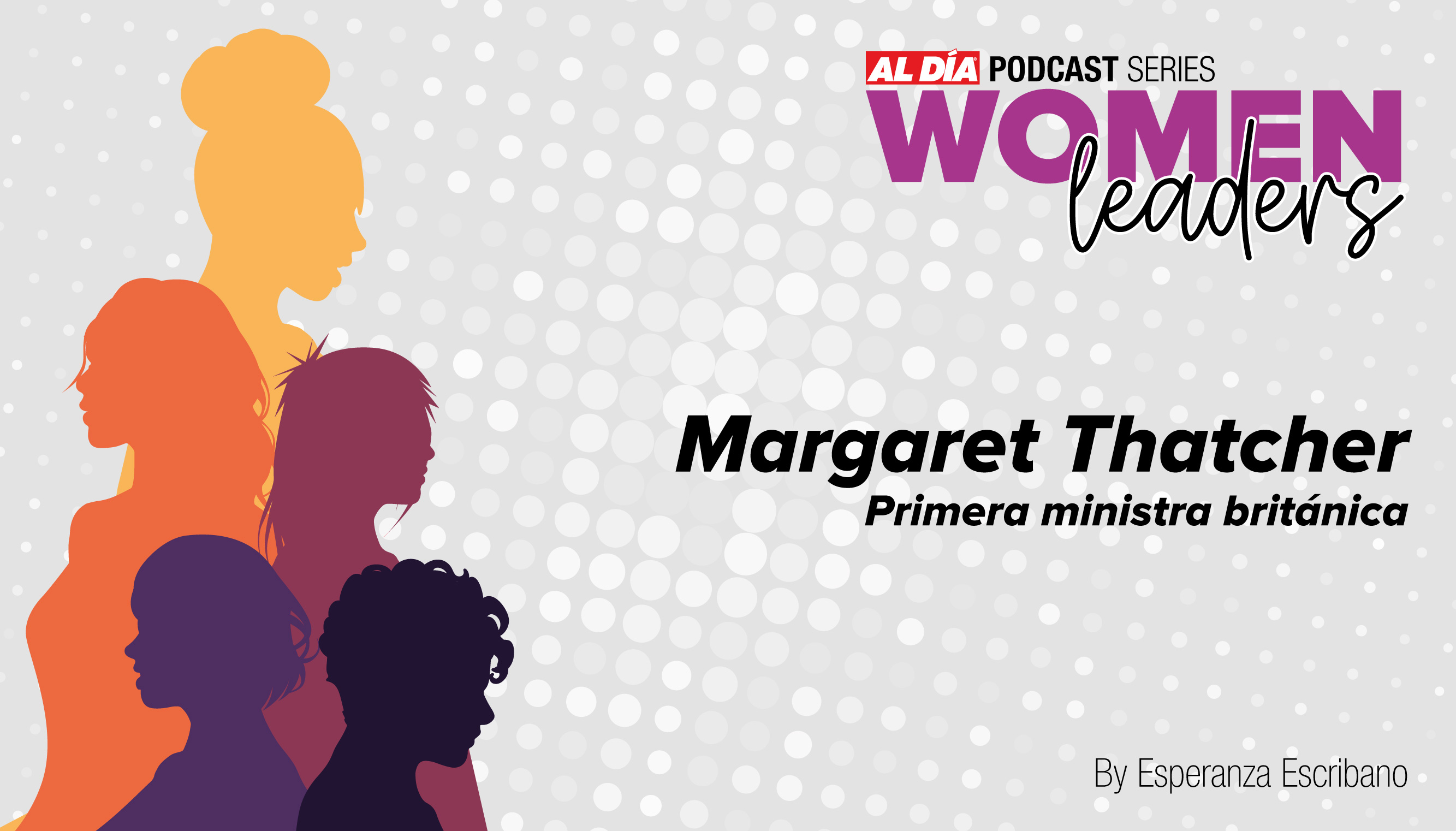

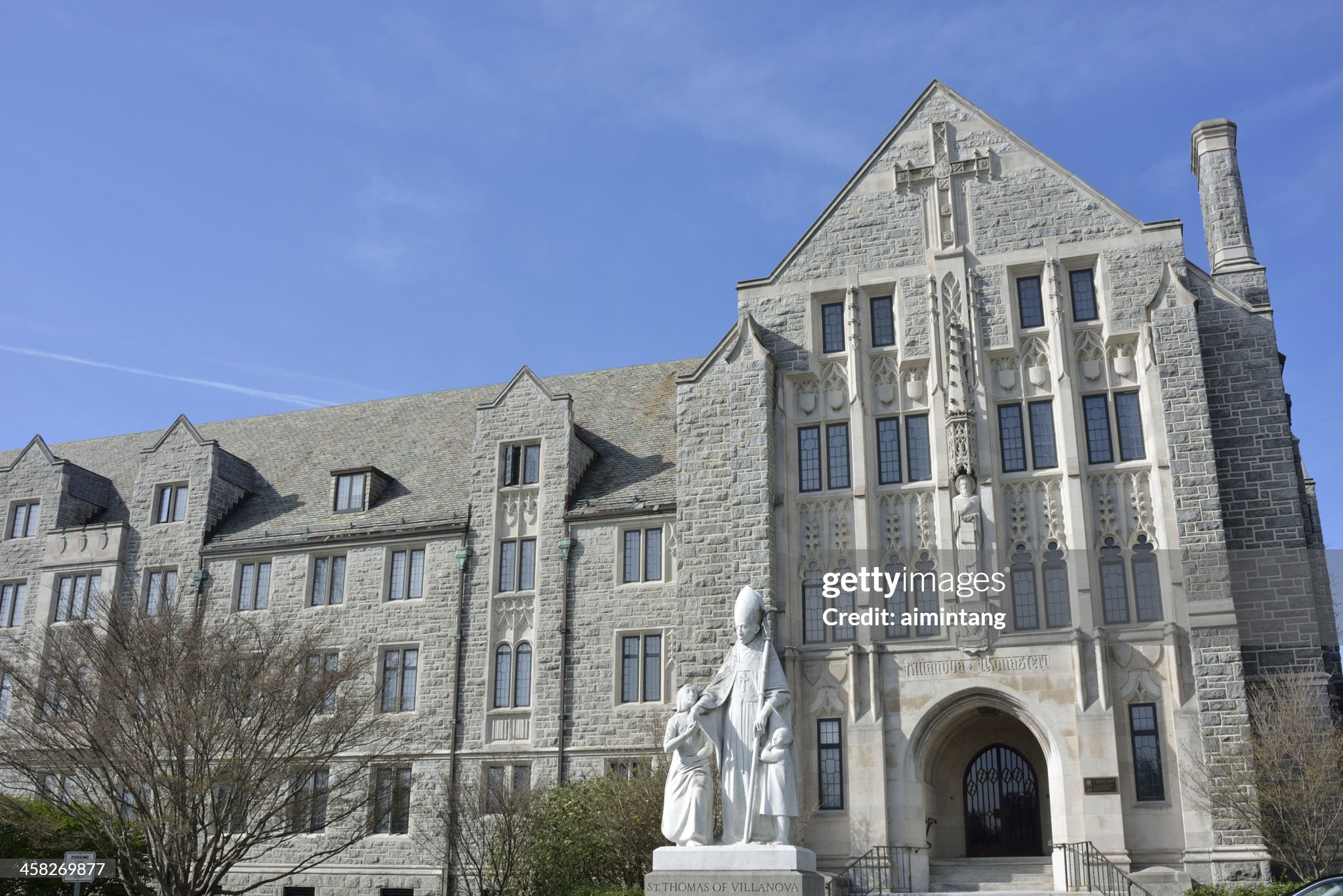
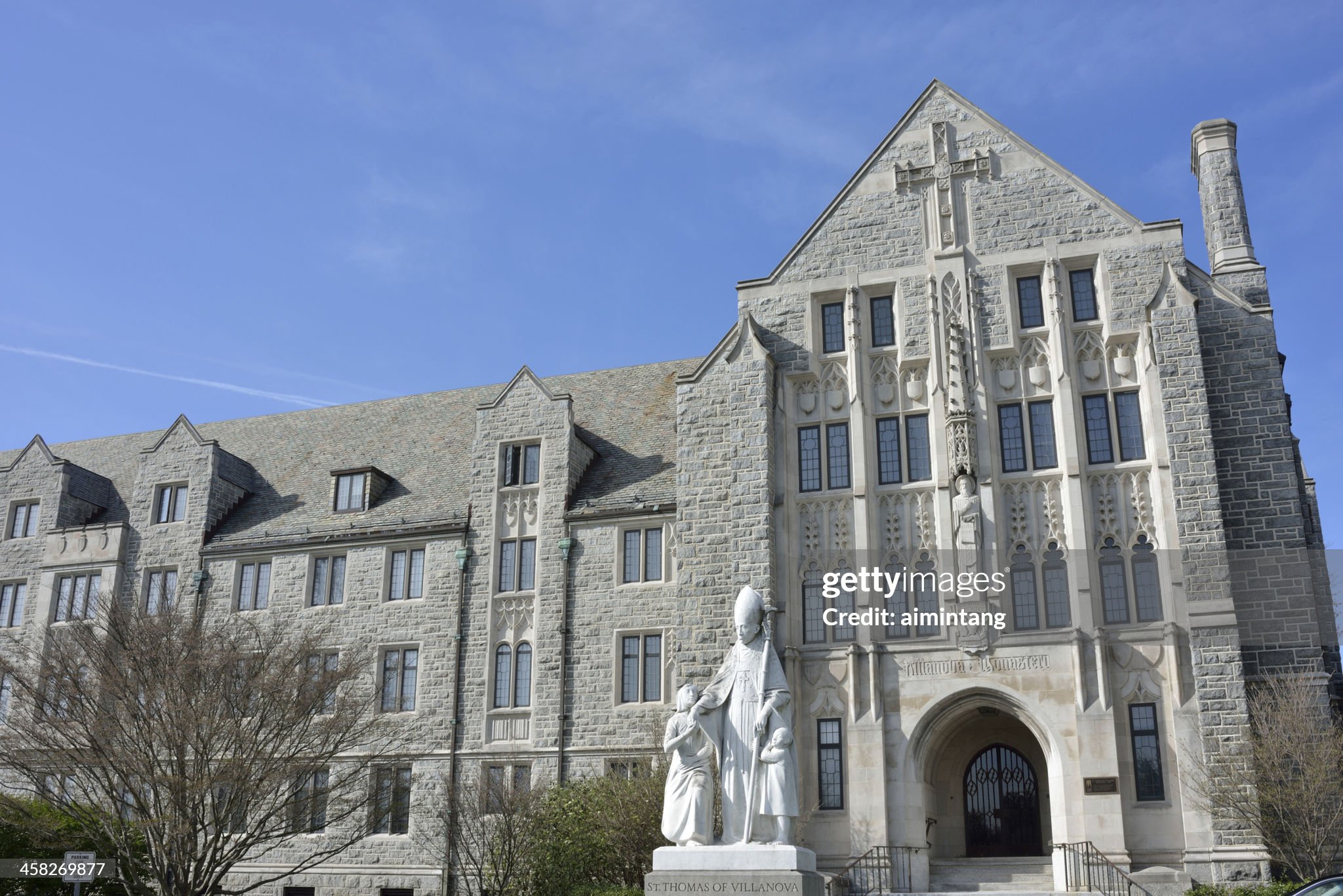
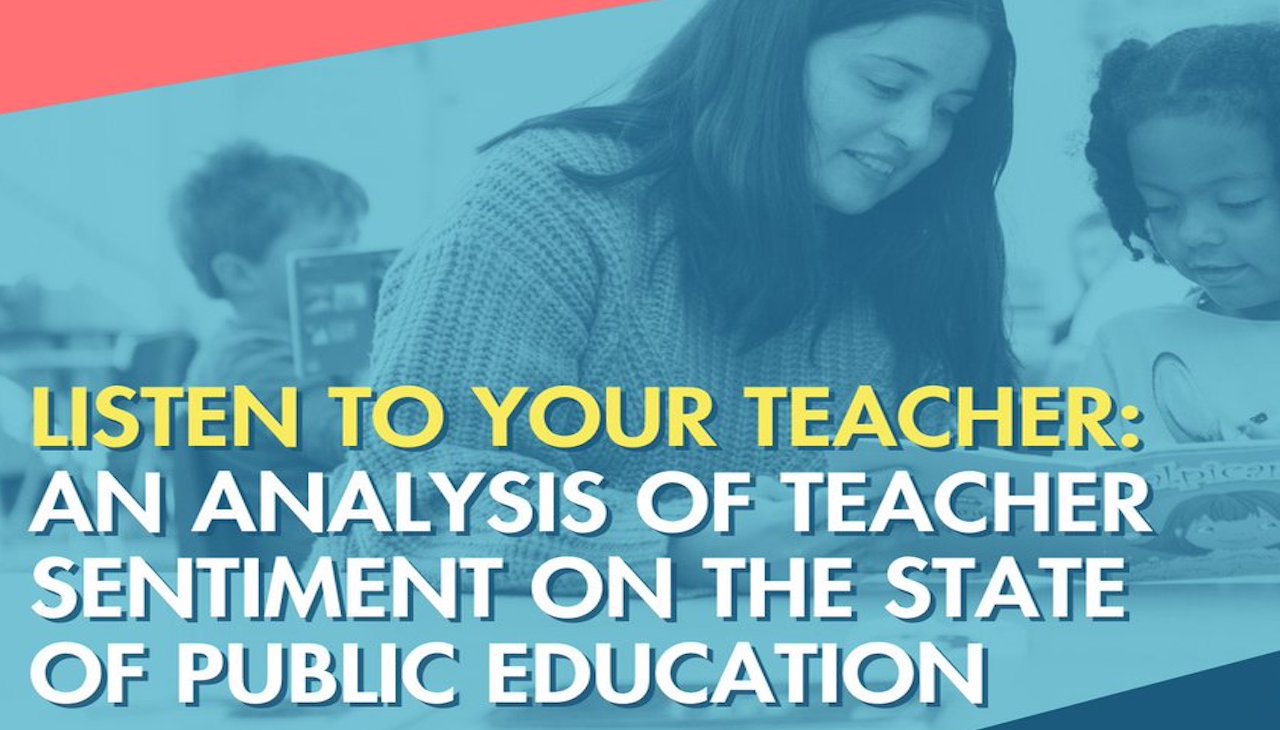
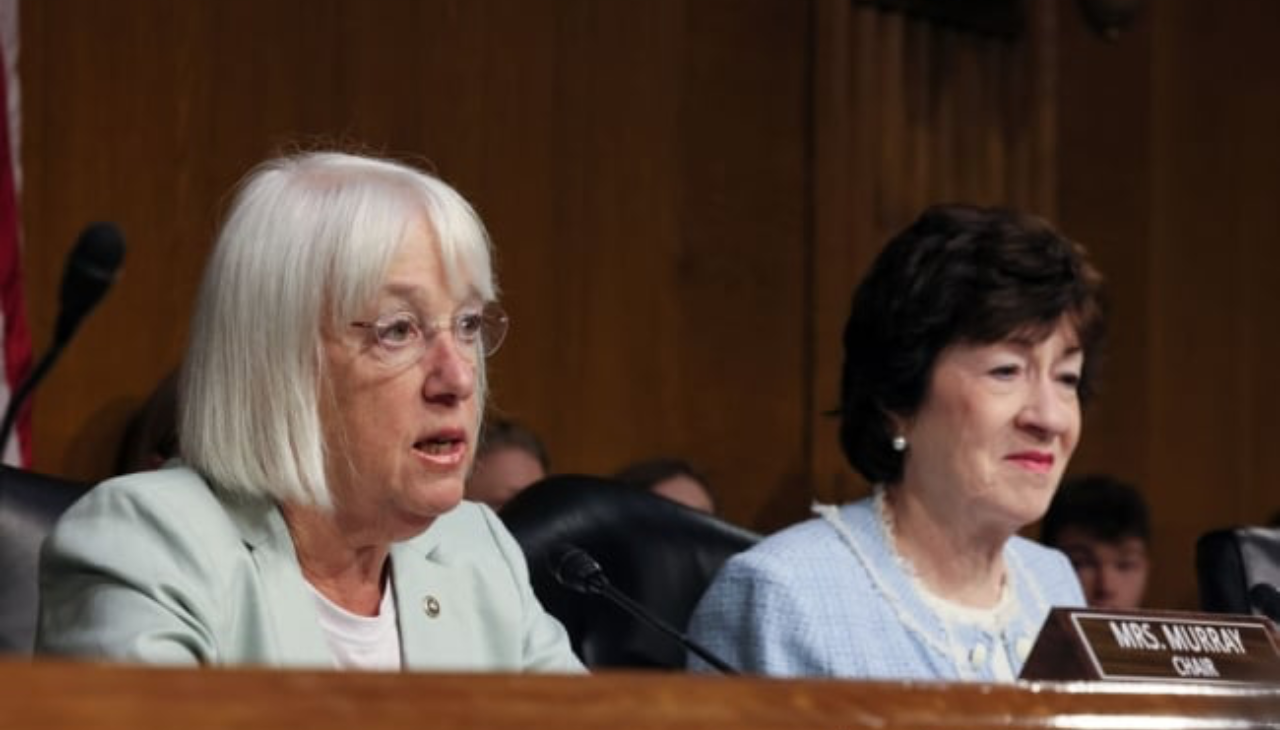

LEAVE A COMMENT:
Join the discussion! Leave a comment.